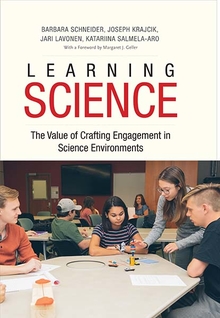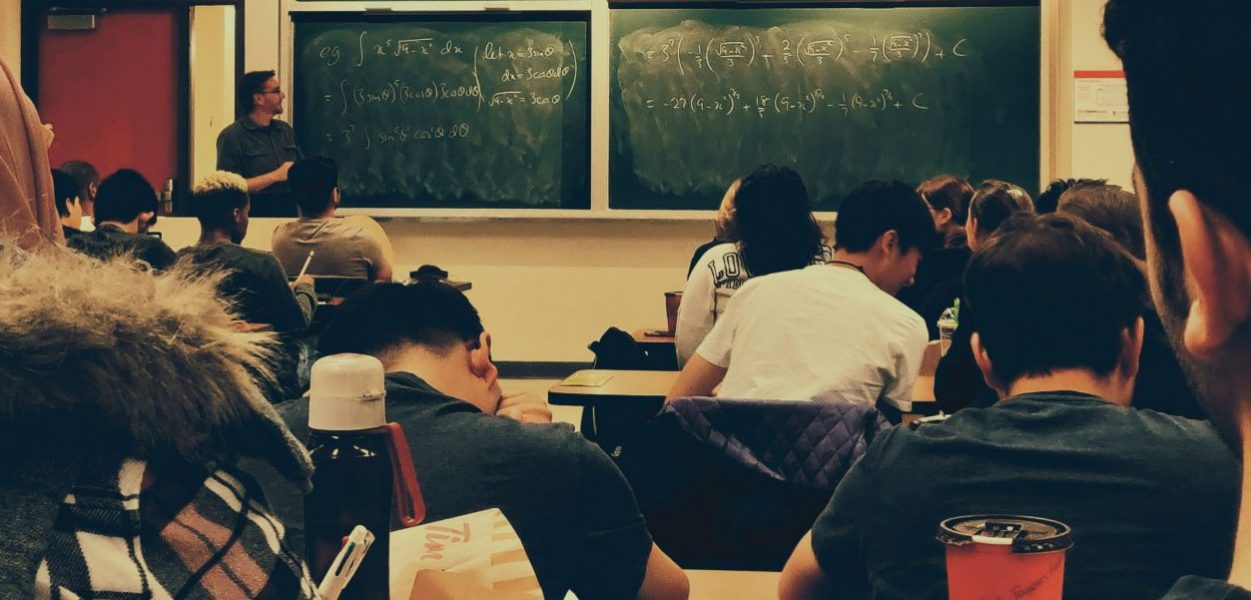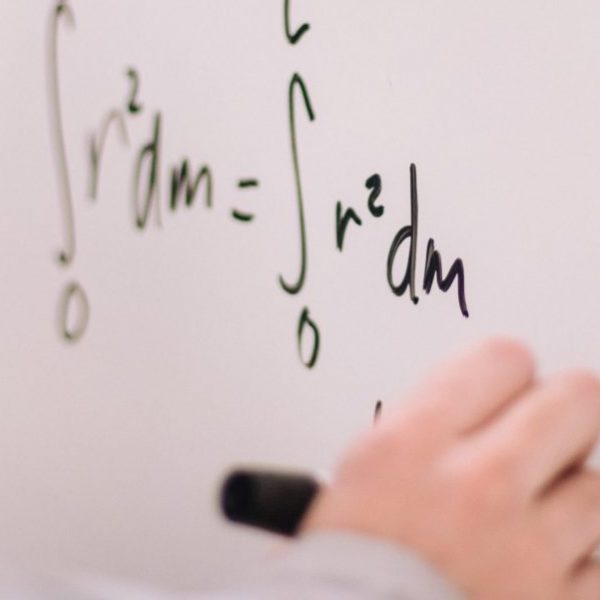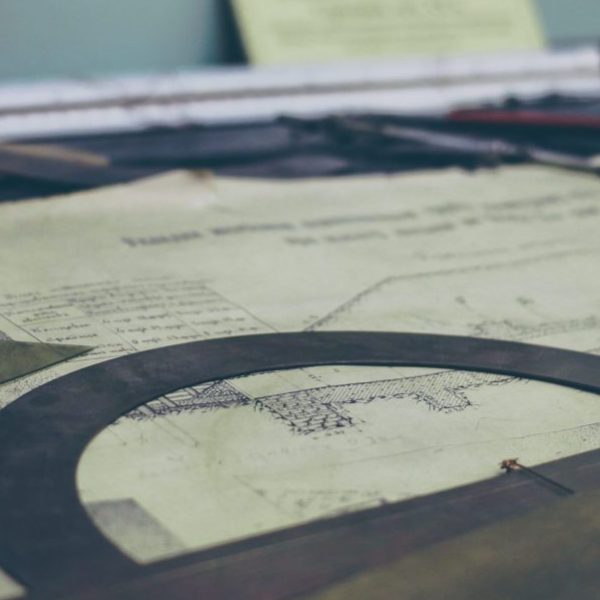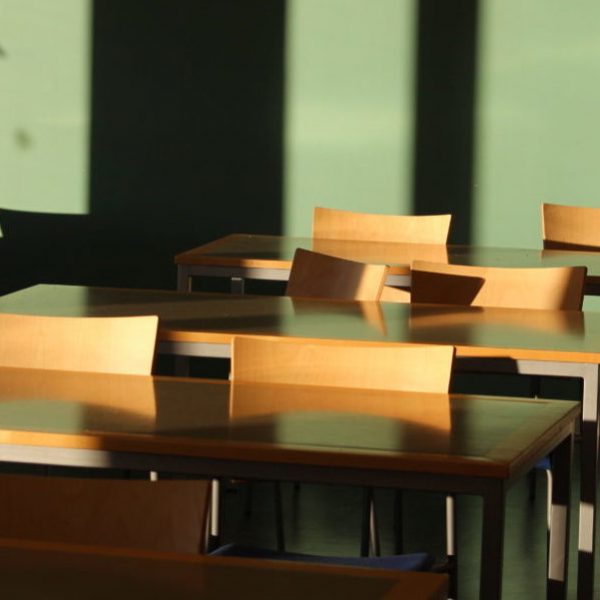Transforming the High-School Science Classroom
Barbara Schneider, Joseph Krajcik, Jari Lavonen, and Katariina Salmela-Aro—
The bell rings as first hour is about to begin. By twos and threes, students duck into Ms. Newman’s classroom just in time to begin science class, while others surreptitiously trickle in after the bell. Ms. Newman takes attendance while students catch up on the latest gossip with each other. There is a quiet buzz in the classroom. Some students have their heads on their desks, enjoying the last few moments of rest before their day officially begins.
After a minute or two, once everyone has been accounted for, the daily drill begins as Ms. Newman calls out: “All right, everyone, let’s get out the homework from last night.” Most students dig through their backpacks, pulling out crumpled papers—with the exception of the valedictorian, who brings out a neatly folded, printed version. Some frantically try to fill in problems that they forgot to do the night before, with a few casually glancing at their neighbors’ work for confirmation or to copy answers.
Ms. Newman places the stack of papers in her desk drawer and walks to the front of the room. “Okay, did anyone have questions about the problems on the homework? Let’s do a couple together.” Albert raises his hand. “Number two.” Ms. Newman nods, then turns to the board. Over the next few minutes, she methodically goes through problem two, making sure to emphasize the procedural aspects of solving the problem so that students will be able to repeat its solution on next week’s test. “Okay, any others? Let’s try number six. That was a really tough one.”
Again, Ms. Newman turns her back on the class and begins writing on the board, carefully explaining the steps. Some students follow along carefully in their notes, copying everything Ms. Newman writes on the blackboard. Others stare blankly—maybe paying attention, maybe not. “See, that was a hard one but it wasn’t so bad, was it? Just like the first one, if you’re careful.” There are a few nods, as well as a few looks of confusion and mild panic. “If there are no other questions, let’s move on to something new. Let’s talk about what’s going on at the molecular level when a chemical reaction occurs.” Most students appear to know what to do next as they turn to their notebooks, ready to dutifully copy down whatever Ms. Newman says, however cryptic, as she begins her lecture using the blackboard.
Does this scenario seem familiar? It is one that has been replicated time and again over decades in secondary science classrooms: the same methods, the same content, and the same blank stares—or, in more extreme cases, a sense of dread and disengagement. Now contrast this with a morning in Ms. Xie’s classroom.
Ms. Xie’s students also duck through the door right as the bell rings, and catch up on last night’s happenings with their classmates. Like Ms. Newman, Ms. Xie takes attendance—but then something different happens. She begins her chemistry class with a question: “Okay, let’s get started. I’m having some trouble and I need your thoughts. I set a bottle of chemicals in here yesterday, but when I came back this morning, the bottle was still there but the contents had disappeared. Does anyone have an idea about where it went?”
“Someone probably stole it,” says one student in the front. “Yeah, people take all kinds of stuff even if they don’t know what it is,” agrees a student in the back. “Maybe it spilled,” chimes in someone else.
“Hmmm, those are interesting ideas, but I’m not 100 percent sure that’s what it was. Look at this stuff,” she says as she shows them a full bottle. “There’s nothing special about this. It just looks like water. I can’t imagine anyone would take it. And there was no puddle. It’s just gone.”
“Maybe it evaporated?” says a student. “Nah, when I have a cup of water by my bed it takes days to evaporate. There’s no way a whole bottle could disappear overnight,” another student interjects. Ms. Xie responds, “Now that’s an idea. Let’s try something.” She pours a bit of the substance onto the counter, forming a small puddle. “Oh, I totally forgot about the homework. Can you all pass it up to the front?” Students dig through their bags to find the problems from the night before. Several students can be seen frantically filling in answers.
As the last few papers come to the front, Roger notices something. “Whoa, where did the puddle go? It’s gone!” There is some laughter from the class and a few guffaws. “Well, I think we figured that one out.”
Ms. Xie feigns relief. “I’m glad it wasn’t stolen. But where did it go? I need it back!” More students laugh. “Okay, so if we know the liquid evaporated, let’s try to figure out where it went. On your whiteboards, pair up and work together to write questions for what you think happened to the liquid.” Students pull out their whiteboards and some begin to write immediately, while others plan with their partners about what to say. “Also, try to think of some other situations where substances appear or disappear and we don’t know where they go. Write some questions you have about this phenomenon.” After several minutes of working, Ms. Xie invites students to share their questions on a whiteboard, where they will become the driving questions for the unit on conservation of matter.
Ms. Xie is not alone in her approach to science learning. Something new is happening in high-school science classrooms in the United States, Finland, and several other countries. Over the past decade, a spate of international reports from the OECD, the European Union, and private European foundations have recommended major changes in science learning and instruction. We are seeing a disruption of instruction, whereby teachers, administrators, parents, and policymakers are recognizing that traditional ways of teaching science are not enough to equip students with the rapidly changing content, technology, and life skills they will need for their futures.
From Learning Science by Barbara Schneider, Joseph Krajcik, Jari Lavonen, and Katariina Salmela-Aro. Published by Yale University Press in 2020. Reproduced with permission.
Barbara Schneider is professor of education and sociology at Michigan State University. Joseph Krajcik is professor and director of CREATE for STEM at Michigan State University. Jari Lavonen is professor of physics and chemistry education and department head at the University of Helsinki. Katariina Salmela-Aro is professor of educational sciences and psychology at the University of Helsinki. Margaret J. Geller is senior scientist, Harvard-Smithsonian Center for Astrophysics.
Further Reading:
